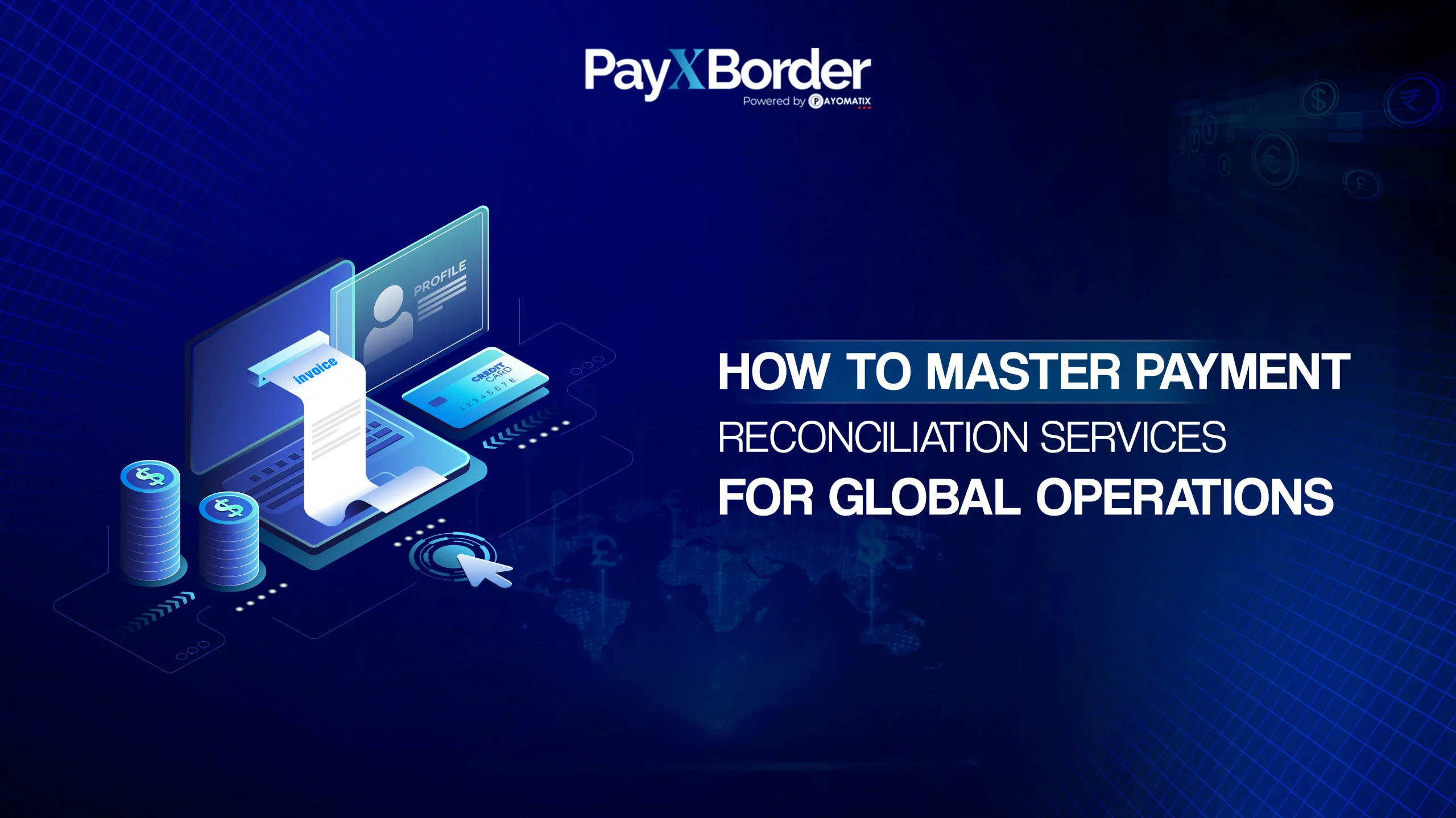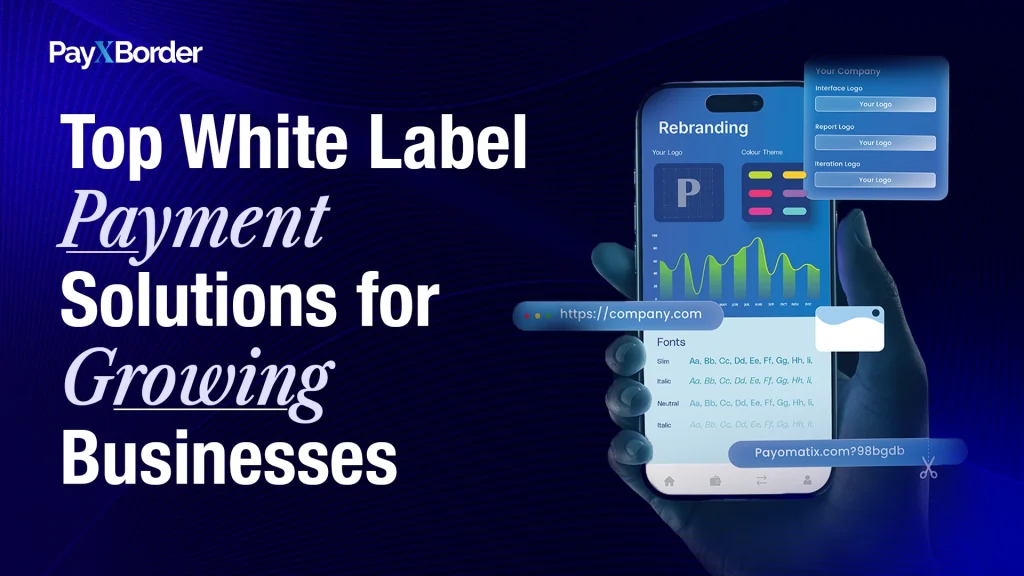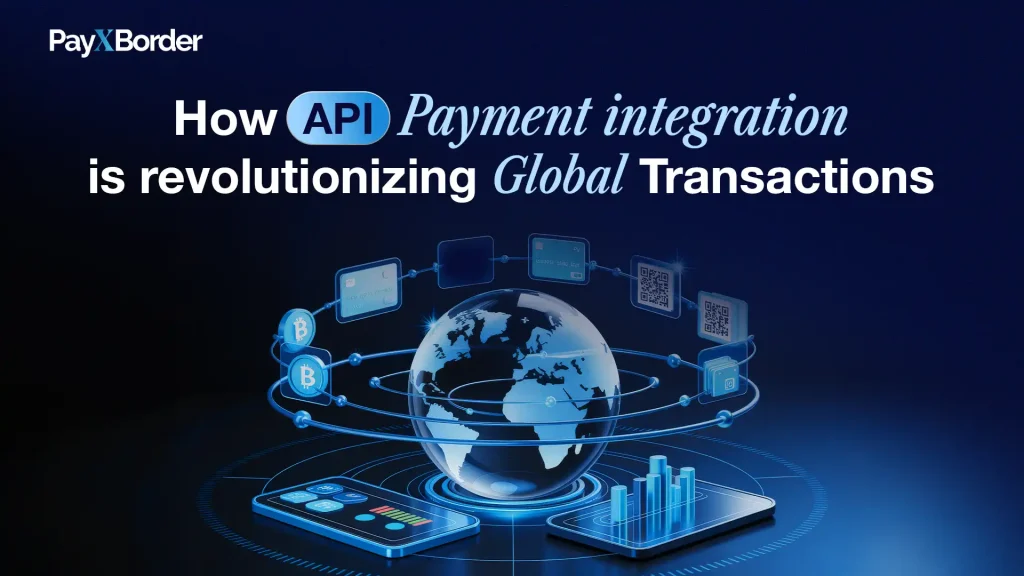Tired of chasing missing payments and manual errors? Mastering Payment Reconciliation Services is your ticket to financial clarity and control.
In the fast-paced world of global operations, every payment matters. Yet, many businesses struggle with unreconciled transactions, manual entry errors, and payment discrepancies that slow down their growth and drain valuable resources.
Without streamlined Payment Reconciliation Services, your business risks:
- Missed or duplicate payments
- Unidentified transaction mismatches
- Lengthy audits and compliance issues
- Cash flow uncertainties
If your business is operating across borders, reconciling payments can be even more challenging due to multiple currencies, regional regulations, and different payment channels.
This comprehensive guide will equip you with the knowledge to master payment reconciliation, enhance operational efficiency, and optimize your cross-border financial workflows with PayXBorder.
What Are Payment Reconciliation Services?
Payment Reconciliation Services refer to the systematic process of matching payment transactions recorded in your accounting system with the actual payments received in your bank or digital wallet.
This process ensures:
- All payments are accounted for accurately
- Cash flow reflects the true financial position
- Discrepancies are identified and resolved promptly
- Compliance and audit readiness are maintained
For global businesses handling cross-border payments, leveraging automated reconciliation services is essential to avoid manual errors and streamline payment processes.
Why Payment Reconciliation Is Critical for Global Operations
Global operations involve:
- Multiple payment gateways
- Diverse payment methods (cards, bank transfers, digital wallets)
- Multi-currency transactions
- Varying settlement times across regions
Without structured reconciliation:
- Businesses face untracked payments
- Refunds and chargebacks go unnoticed
- Inaccurate financial reporting impacts decision-making
Automated Payment Reconciliation Services eliminate these challenges by offering real-time, transparent reconciliation, empowering finance teams to make data-driven decisions confidently.
Common Challenges in Payment Reconciliation for Cross-Border Transactions
1️⃣ Multi-Currency Complexities
Fluctuating exchange rates, fees, and conversion delays can cause mismatches between recorded invoices and received amounts.
2️⃣ Payment Gateway Variations
Different gateways may have inconsistent settlement timelines, creating discrepancies in payment reporting.
3️⃣ High Transaction Volumes
Growing businesses processing thousands of transactions can struggle with manual matching, leading to delays and human errors.
4️⃣ Compliance Requirements
Cross-border operations require compliance with KYC, AML, and regional reporting standards, increasing the complexity of reconciliation processes.
Using advanced payment reconciliation tools like PayXBorder helps tackle these challenges systematically.
How Payment Reconciliation Services Work
Automated Data Collection
Reconciliation tools automatically collect payment data from your payment gateways, banks, and accounting systems.
Matching and Validation
Transactions are automatically matched with corresponding invoices or order data. Any mismatches are flagged for review.
Discrepancy Resolution
Tools provide reports highlighting discrepancies, enabling finance teams to investigate and resolve issues quickly.
Reporting and Compliance
Detailed reconciliation reports help businesses maintain audit readiness while ensuring compliance with tax authorities and regulators.
Benefits of Automated Payment Reconciliation Services
Reduced Errors
Automation minimizes manual errors, ensuring data accuracy across payment records.
Faster Cash Flow Visibility
Businesses get real-time insights into cash flow, enabling informed decision-making.
Enhanced Productivity
Automation frees finance teams from repetitive manual tasks, allowing them to focus on strategy and growth.
Improved Vendor and Customer Relationships
Prompt identification of payment issues helps maintain trust with vendors and customers.
Compliance Confidence
With automated reports and audit trails, businesses can confidently handle compliance checks and financial audits.
Why Businesses Choose PayXBorder for Payment Reconciliation
PayXBorder offers advanced Payment Reconciliation Services tailored for cross-border businesses. Key features include:
- Multi-currency reconciliation with real-time FX rate tracking
- Integration with leading payment gateways and ERP systems
- Automated data collection and matching
- Discrepancy detection and resolution support
- Compliance reporting aligned with KYC and AML regulations
- Developer-friendly APIs for seamless integration into your financial workflows
PayXBorder’s payment reconciliation tools help businesses reduce operational overhead while providing a transparent view of their global financial operations.
Key Strategies to Master Payment Reconciliation for Global Operations
1️⃣ Integrate Your Payment Channels
Consolidate data from all your payment gateways, banks, and digital wallets into one centralized system for efficient reconciliation.
2️⃣ Leverage Automation
Automate matching and discrepancy identification to reduce manual workload and errors.
3️⃣ Track Multi-Currency Payments Accurately
Use reconciliation tools that handle multi-currency transactions and track FX impacts on payments.
4️⃣ Maintain Clear Audit Trails
Ensure your reconciliation processes are documented, enabling compliance with tax authorities and regulators.
5️⃣ Monitor Payment Performance
Identify high-failure rates or delayed settlements to optimize payment workflows and cash flow.
Future of Payment Reconciliation in the Digital Era
As businesses move toward real-time payments and advanced digital wallets, payment reconciliation services will evolve to:
- Offer AI-driven matching and predictive reconciliation
- Provide deeper insights into payment patterns and anomalies
- Integrate seamlessly with digital payment platforms for instant reconciliation
- Support advanced fraud detection and compliance monitoring
Businesses leveraging these advancements will gain a significant competitive edge in managing their global operations efficiently.
Conclusion: Take Control of Your Global Payments with PayXBorder
Payment reconciliation isn’t just about accuracy, it’s about agility, trust, and growth. By automating reconciliation, you can:
- Improve cash flow visibility
- Reduce payment discrepancies
- Enhance operational efficiency
- Maintain compliance and audit readiness
Start mastering payment reconciliation with PayXBorder’s advanced solutions today.








